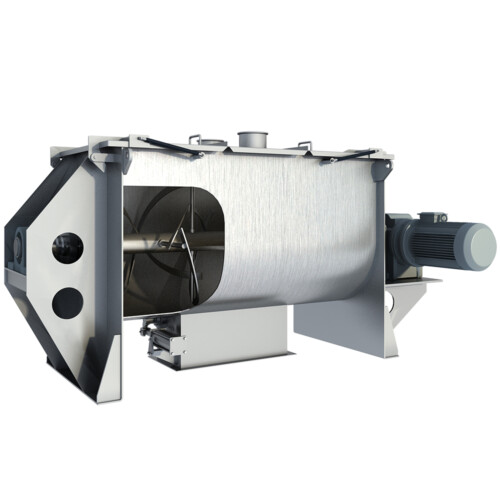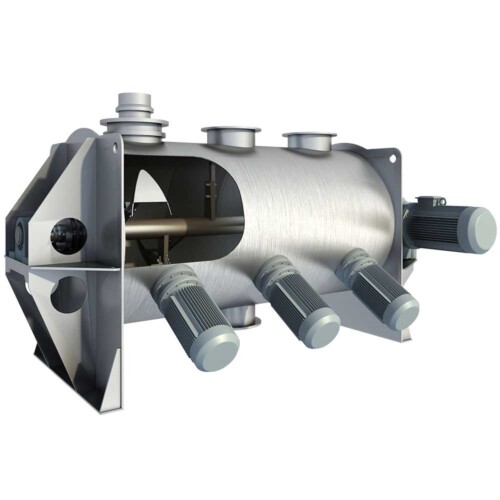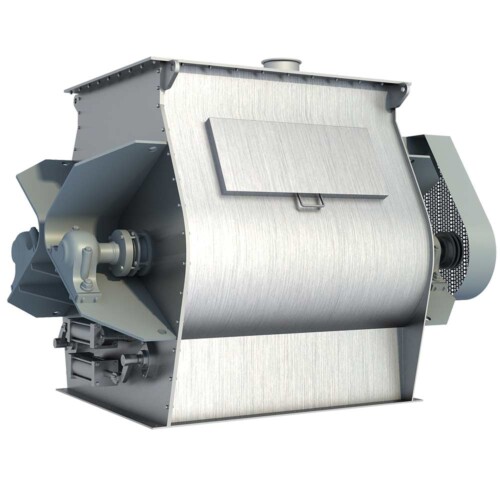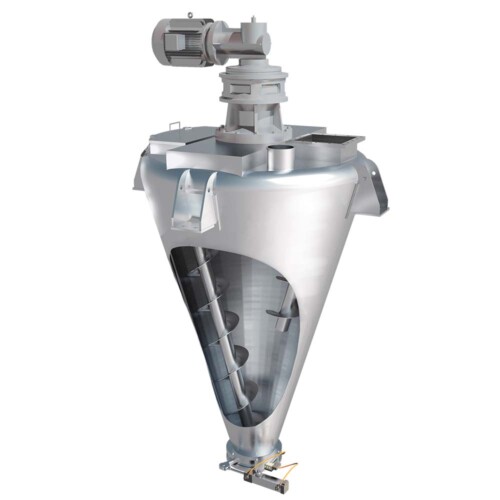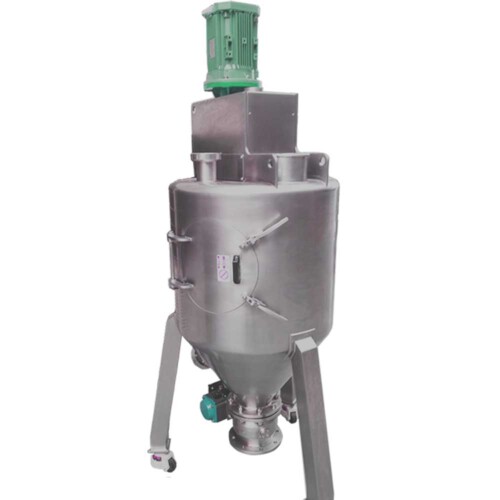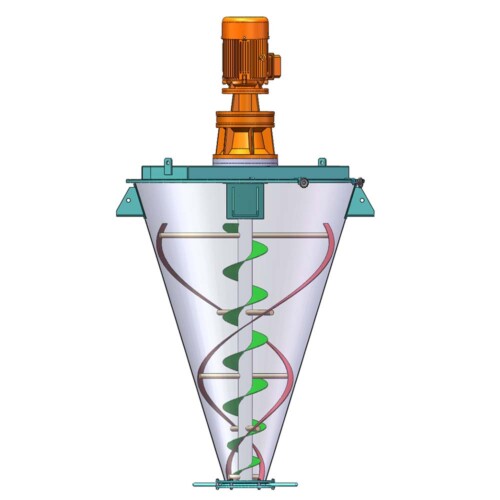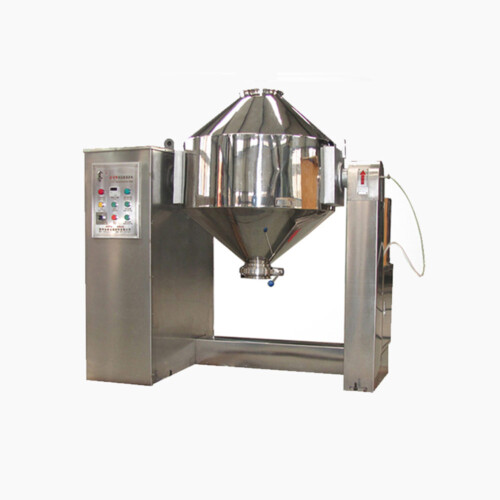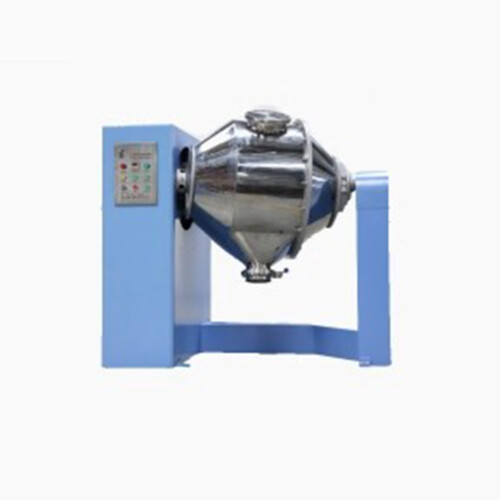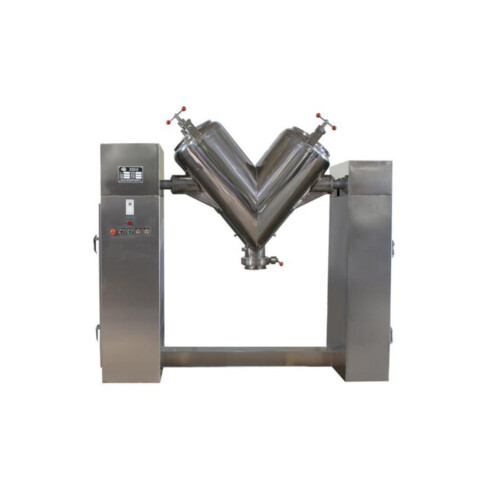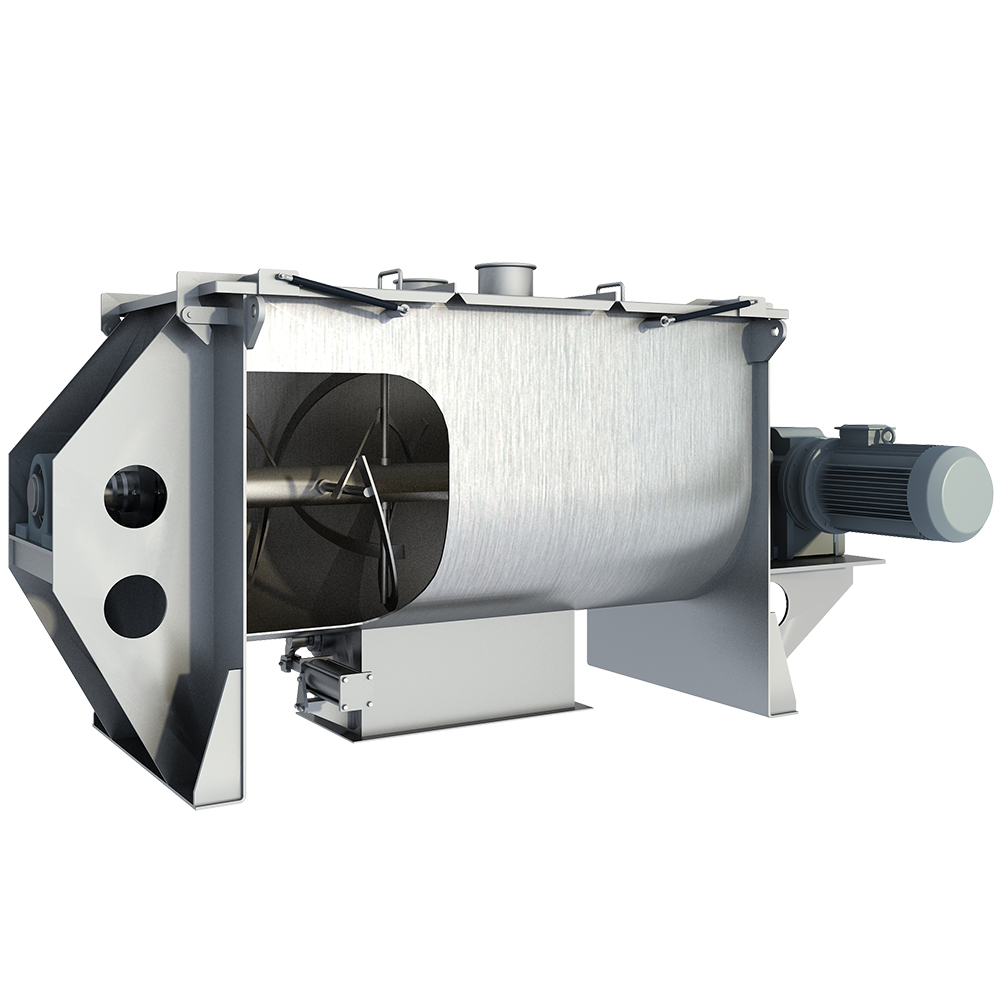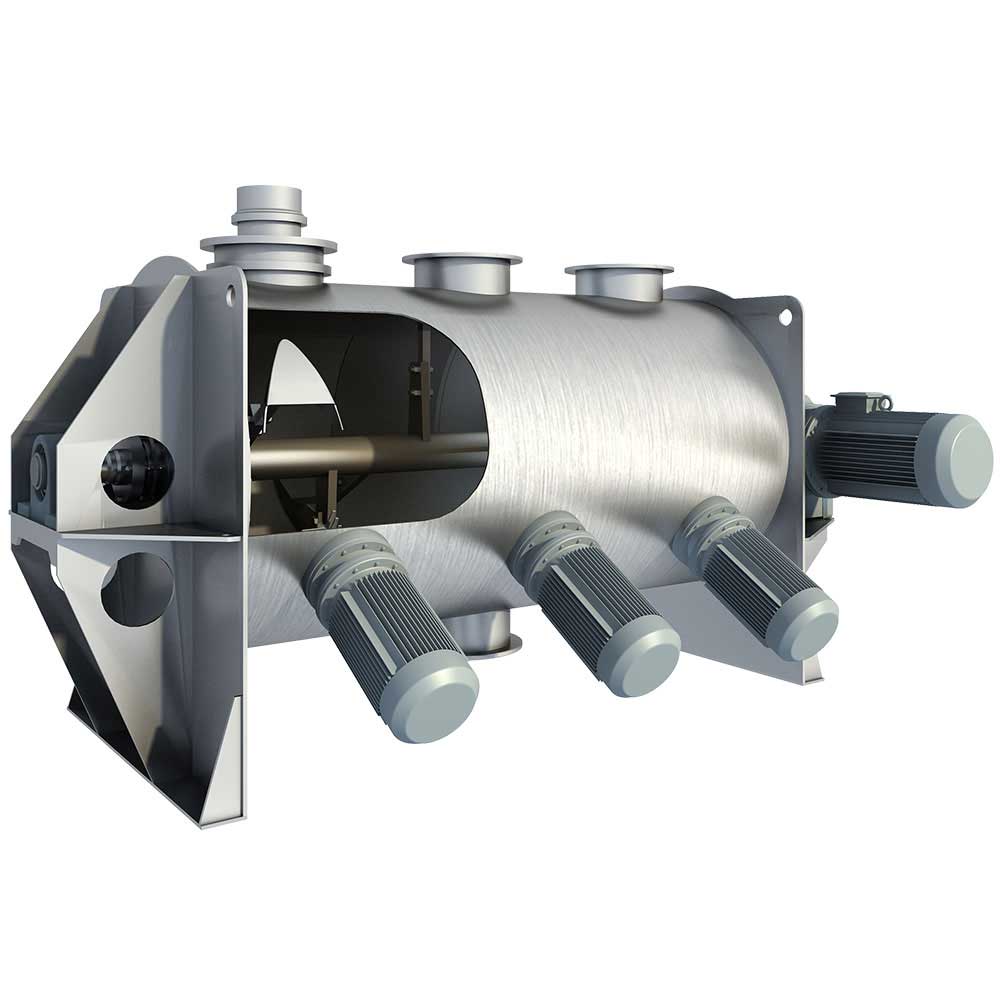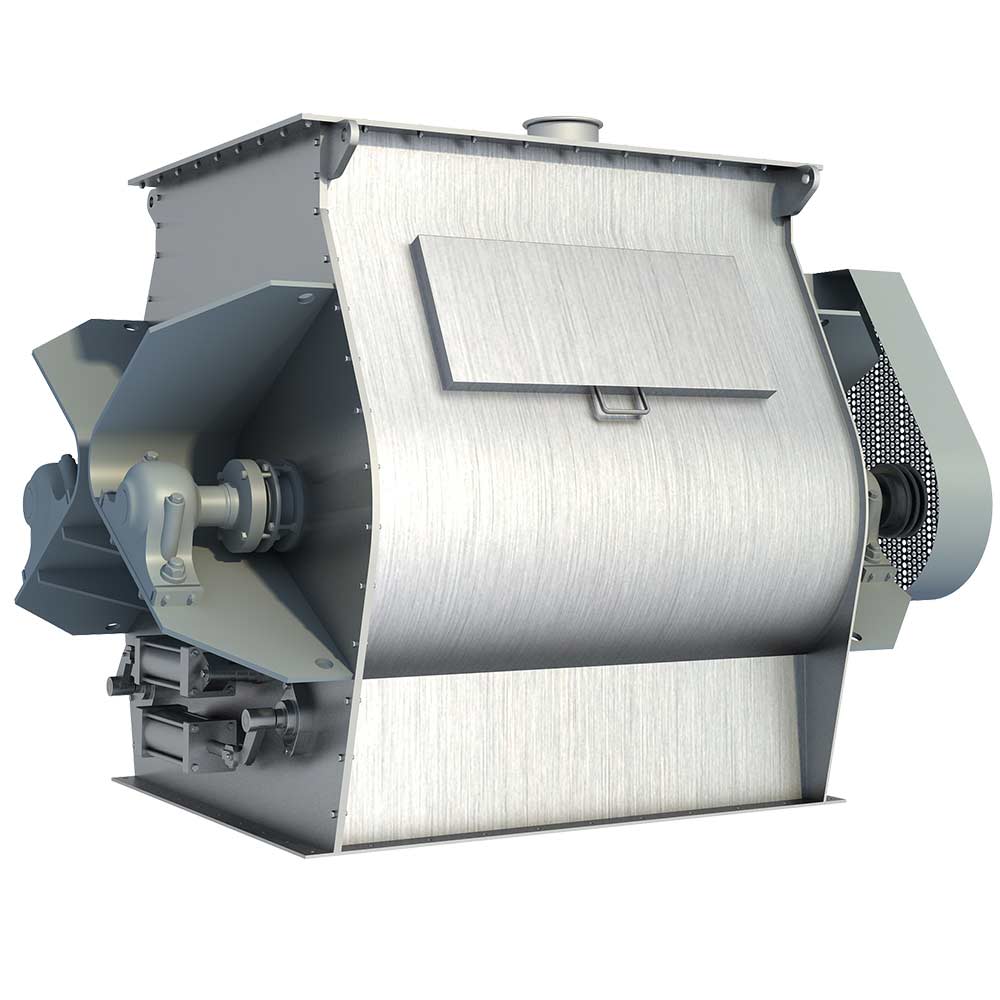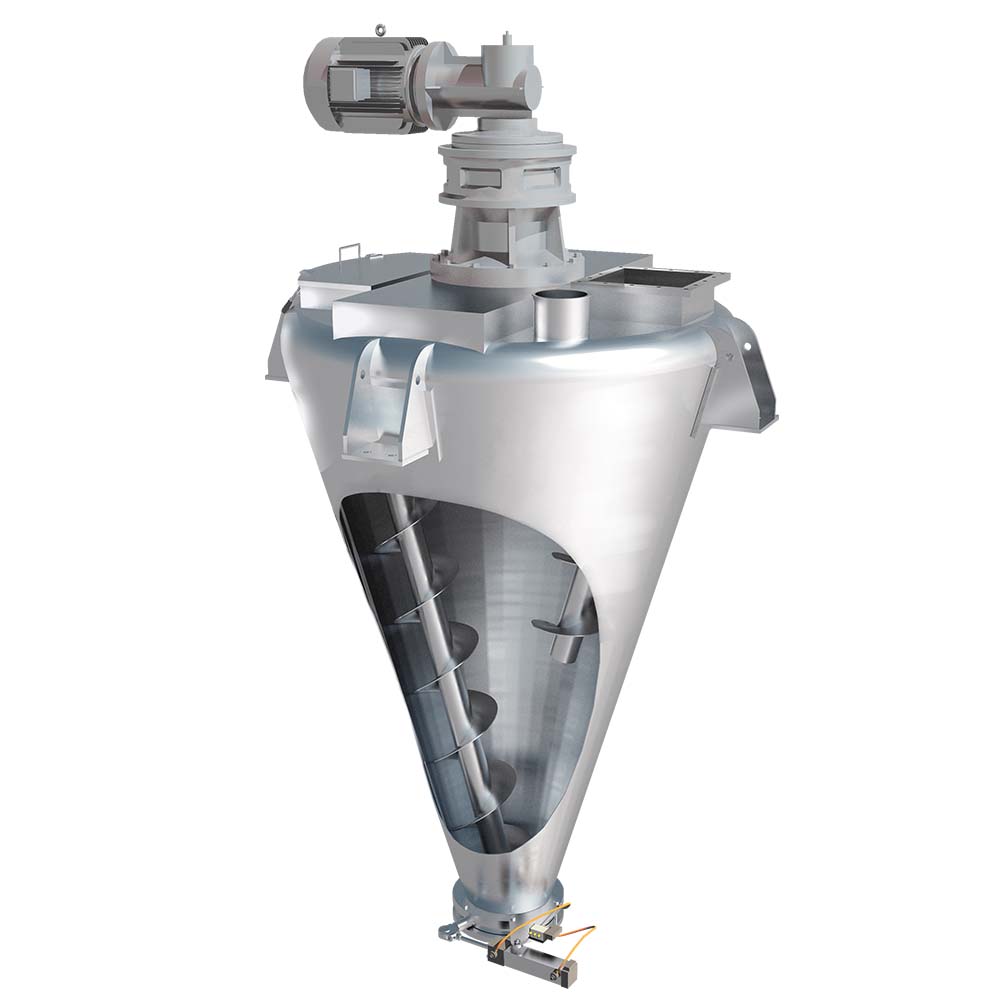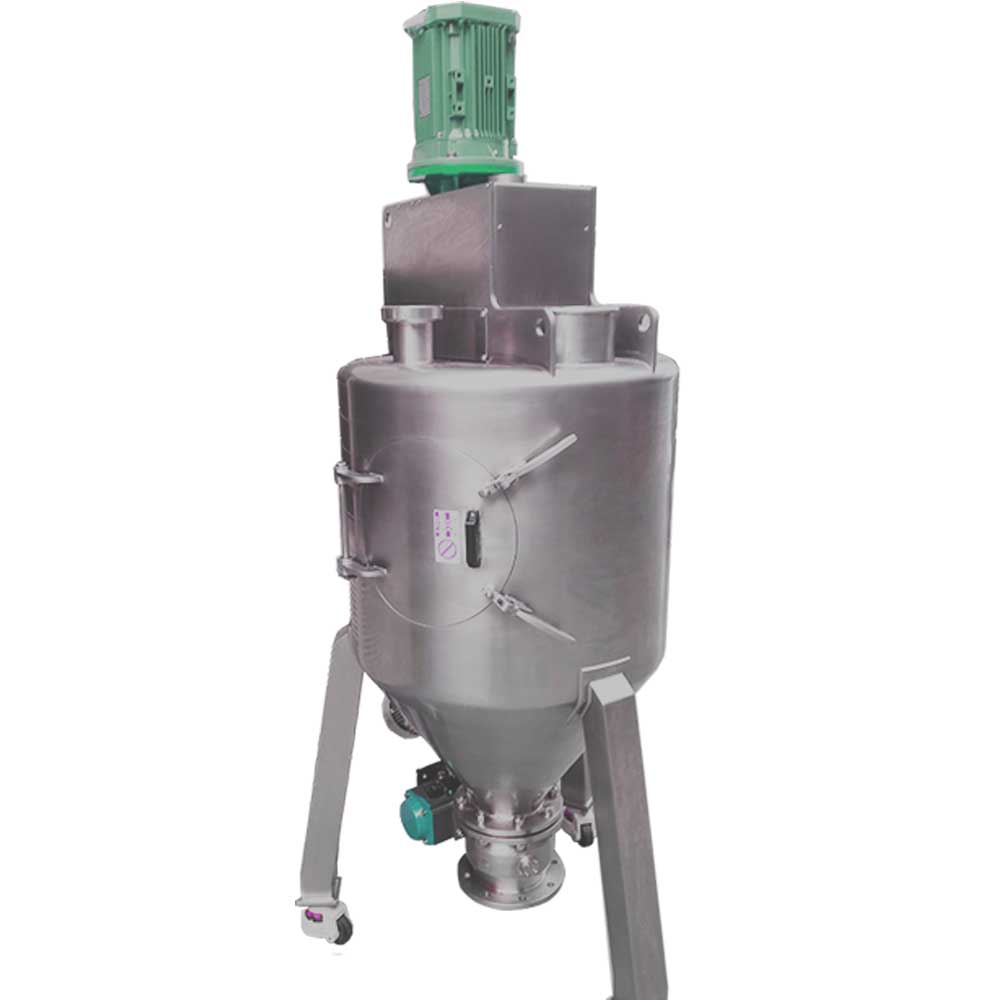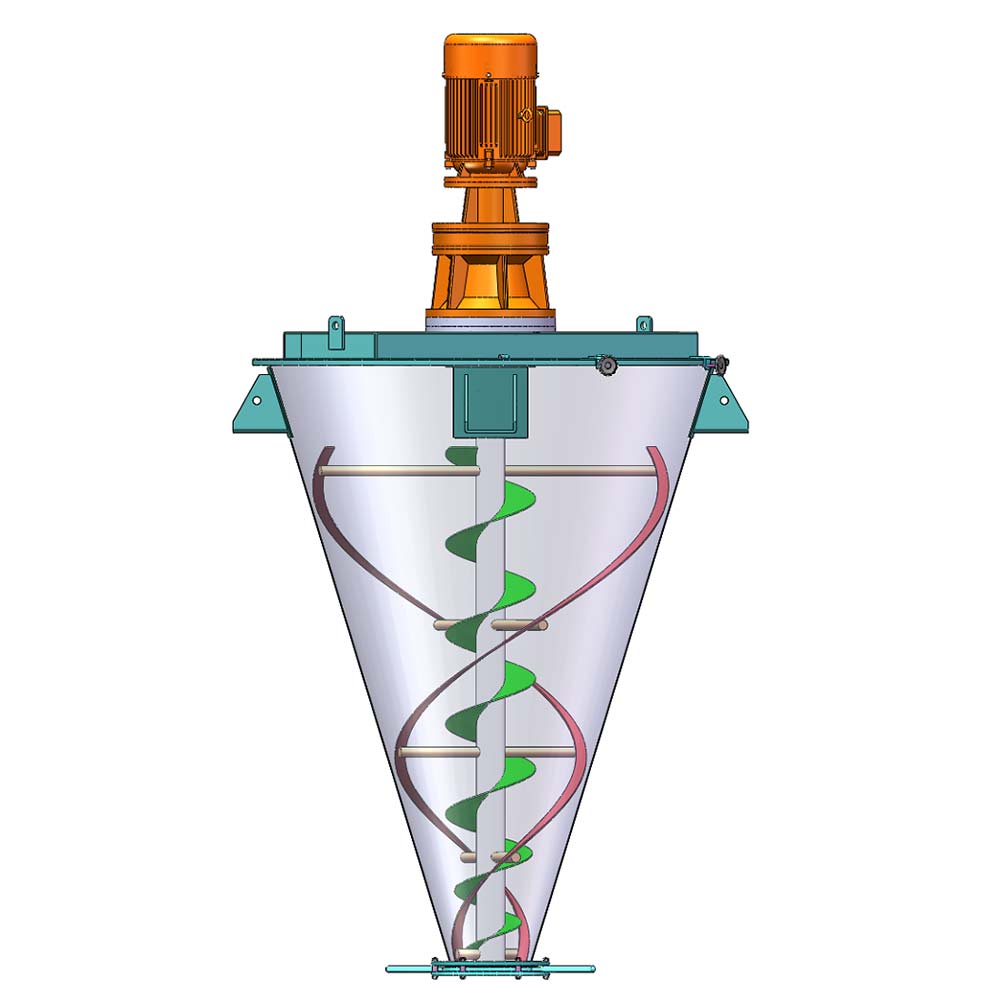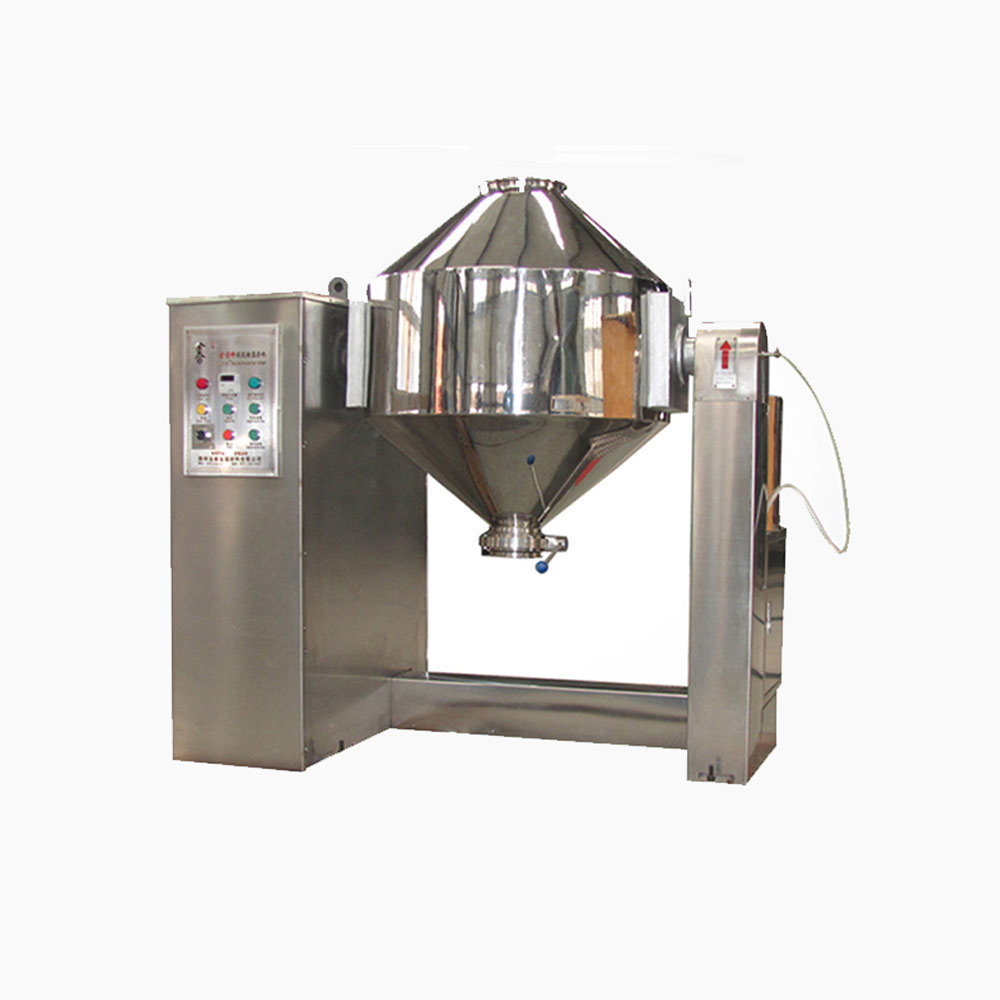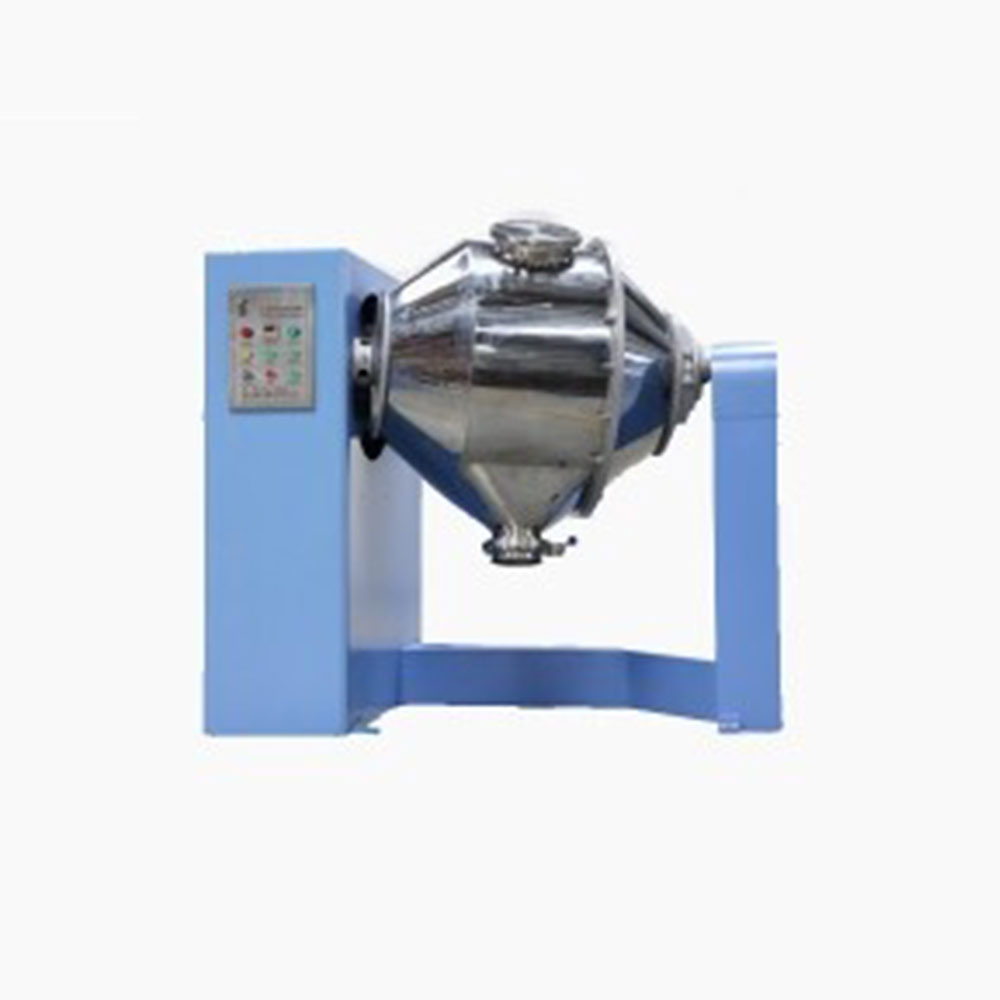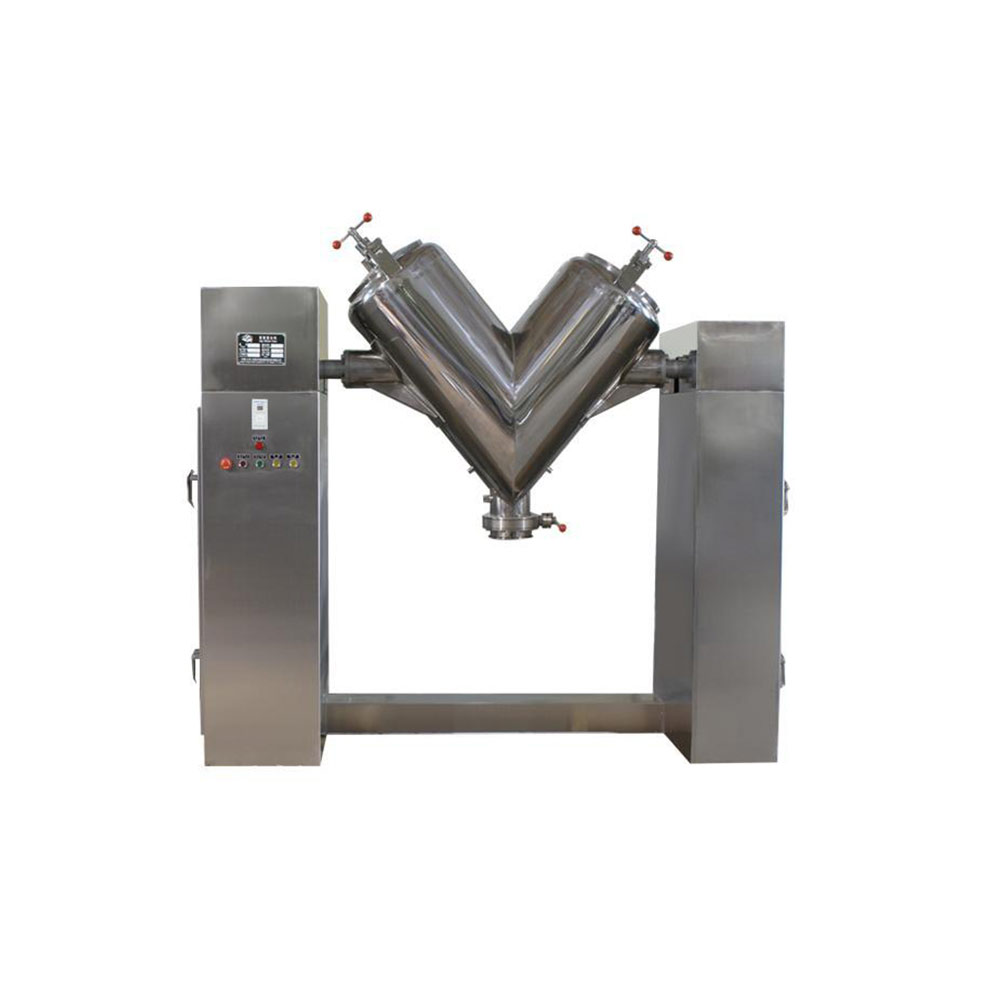Ask An Expert
Frequently Asked Questions
Yes, We can supply simple stand alone panels or automated PLC controlled systems. We normally install and test all controls on our mixers before they are shipped.
Yes, we normally test the mixers before they are shipped and mark out the wire need to connect on the control box.
We manufacture specialty mixing equipment for powder & bulk materials. Included are ribbon blender, plough mixer, conical screw mixer, twin shaft paddle mixer, V blender, double cone blender and other auxiliary equipment such as screw conveyor, quantitive auger filler.
We sell across the world, our cusotmers distribute 5 continents.
Share Us With Your Network
How to Maximize Manufacturing Flexibility with the Right Blender
Choosing the right powder blender for your business can be a daunting task. There are so many different options available on the market today. If you make the wrong choice, not only is it likely to affect your bottom line but it will drive you to distraction as you attempt to overcome the deficiencies and reduce the levels of product wastage. On the other hand, the right choice will give you manufacturing flexibility and top grade product quality each and every time, enabling you to respond rapidly to your customer demands.
Batch Processing or Continuously Manufacturing?
Before we proceed, it is worth differentiating what type of manufacturing your product portfolio suits: Will you be batch processing or continuously manufacturing? If you’re producing the same product line day in day out, then you have probably considered continuous processing, and looked at the various ways in which you can scale up and make this efficient. In contrast, if you have a wide range of products in your portfolio then batch processing will be your approach, as you should be making recipe changeovers several times per shift.
Do You Prefer a Fixed Mixer or an IBC System?
In our experience, we have found that when making the decision for which blender is ideal for your needs, many people are attracted by the idea of a large volume mixer with fast blend times. They are sold on the idea that this will speed up the blending process for them. But what they probably haven’t considered is the time it will take to rip and tip sacks of ingredients to fill such a large volume blender, the time it will take to empty and also clean out before the next recipe gets processed. What seemed like just a four-minute fast blend time can in actual fact multiply exponentially. While all the filling, emptying, and cleaning take place, your expensive asset (the blender) sits idle and unproductive. This deems the large volume mixer a problem not a solution when designing an efficient production line. When choosing the right blender you must consider the full ‘end-to-end’ processing steps, from the beginning with the formulation of the recipe into the blender through to the end point when the blender is clean and ready for the next batch.
You might be surprised at the hidden costs found throughout the process. Just a couple of extra minutes here and there don’t look much per batch, but when you add this time up over the year the numbers can be shocking.
If you were to choose a large volume blender the problems only become compounded. What if it takes a couple of hours to load the blender, two hours for packing to call off the product from the blender, and three or more hours to fully clean the blender? That’s taking up the whole shift for just one blend — not to mention the amount of operator costs associated with cleaning such a large volume blender.
3 Steps to a More Flexible Manufacturing System
1. A first step towards achieving a more flexible manufacturing system is to decouple the process steps by using containers to transport powder materials between processes. Commonly it is mixing and packing that are disconnected first, so that they don’t have to wait for each other to complete the batch. By decanting the mixed product from the blender into a container, it allows the packing lines to be continuously fed with product while the blender can be cleaned and returned into service.
2. The next step is to separate formulation from mixing. While the blender is mixing the first batch of the day, the second batch can be formulated off-line into a container. All of the time-consuming ripping and tipping is done separately. When the blender is next available the batch can be rapidly transferred. Now, not only is the transfer of blended product faster, the formulating is efficient too. This vastly improves the blender turnaround time and overall equipment effectiveness (OEE) rate.
For more information, mail to [email protected] or visit https://incmachine.com

